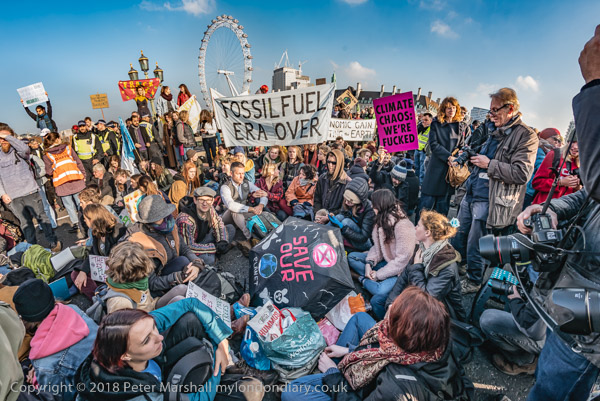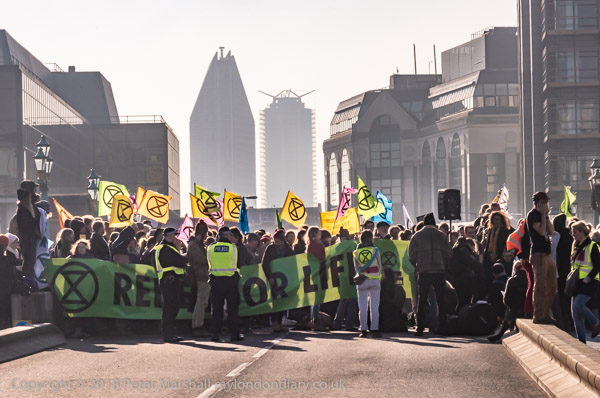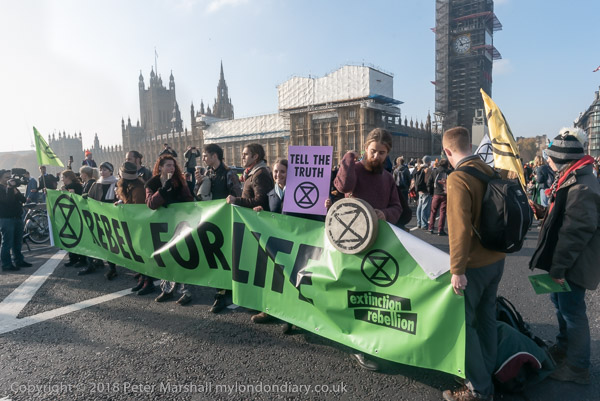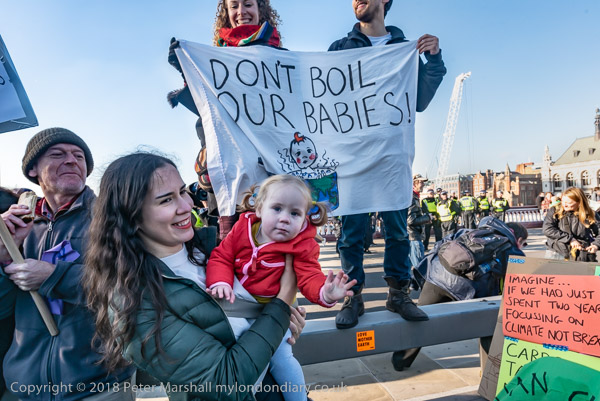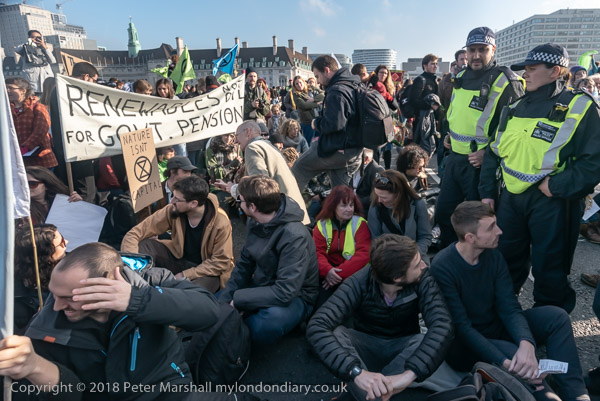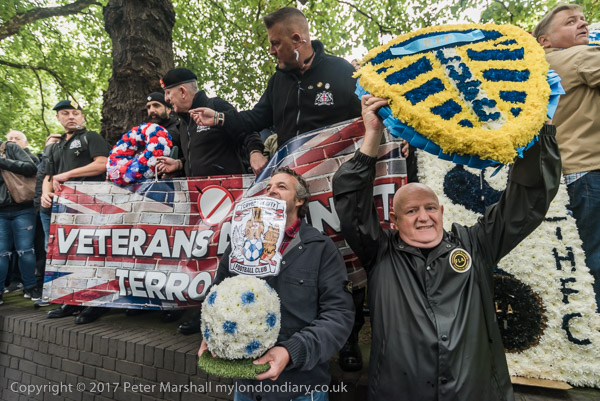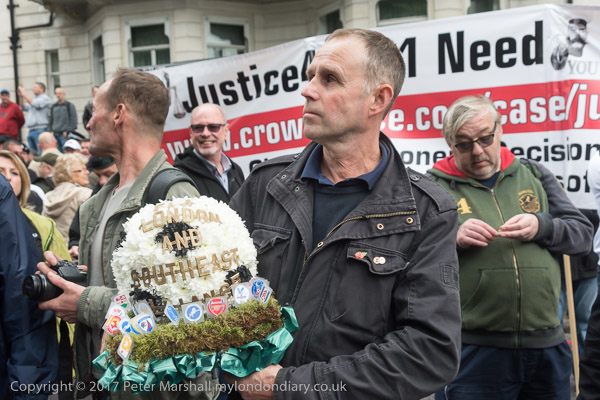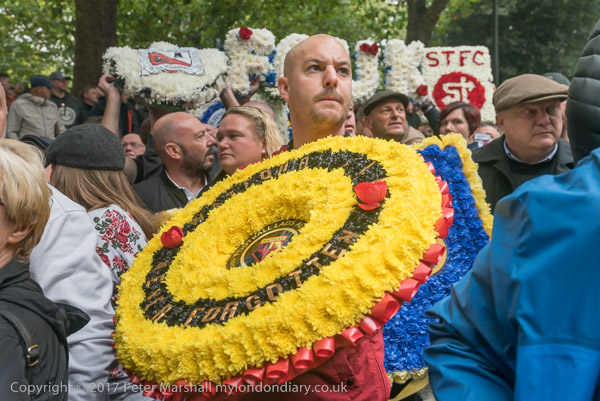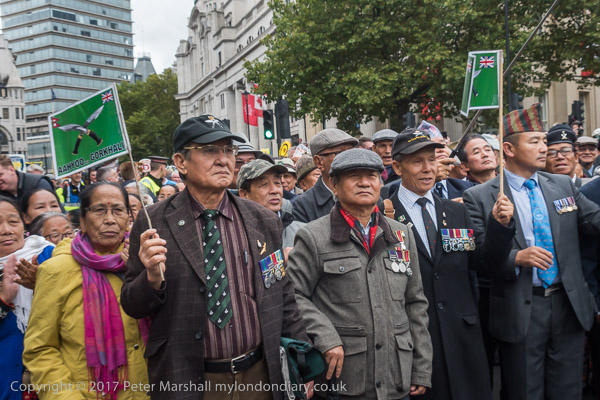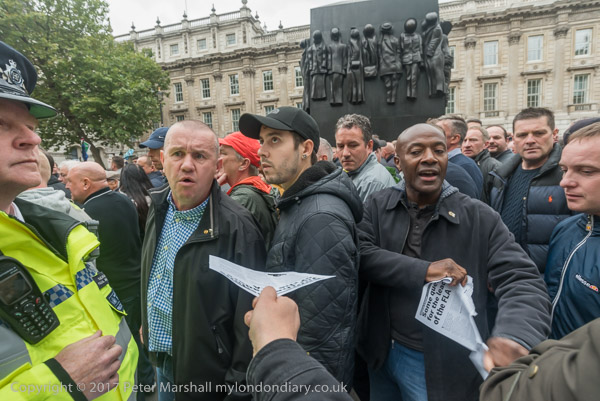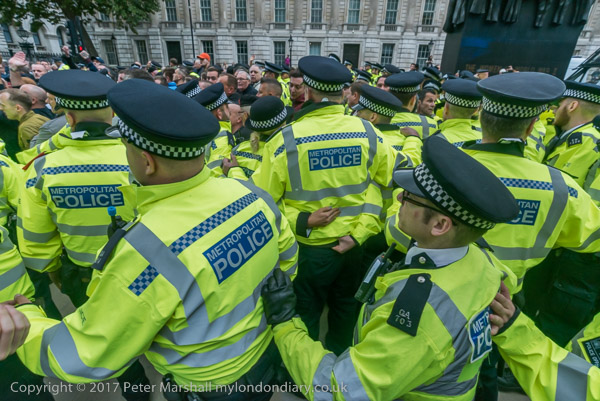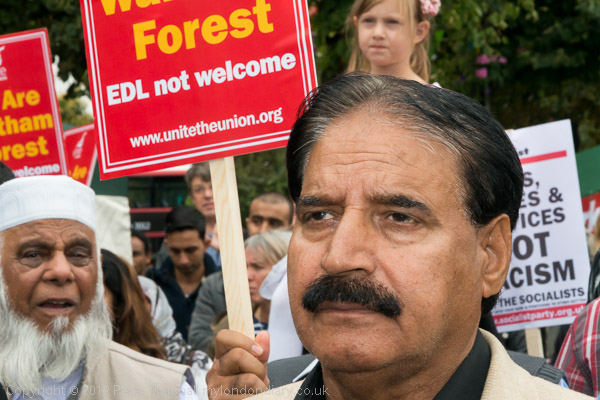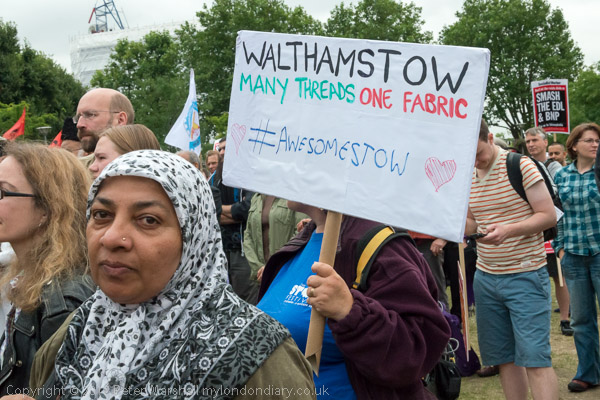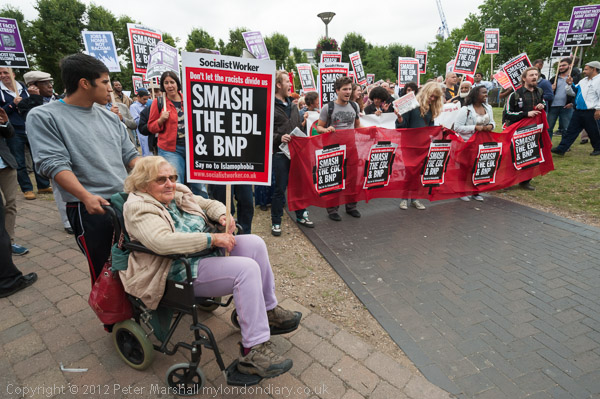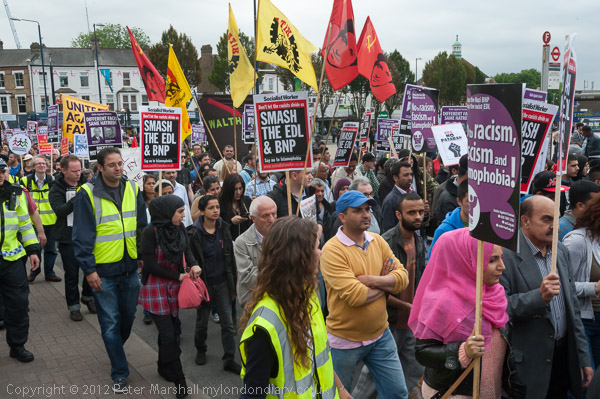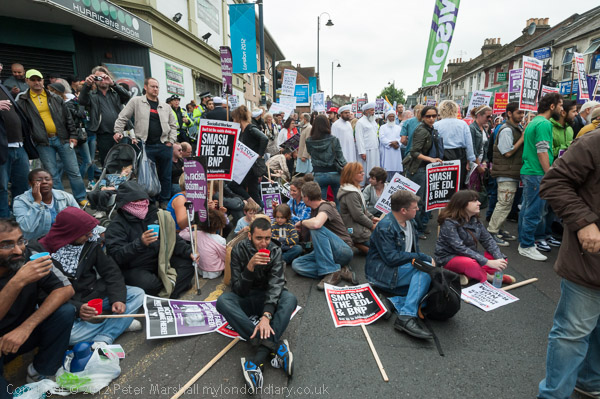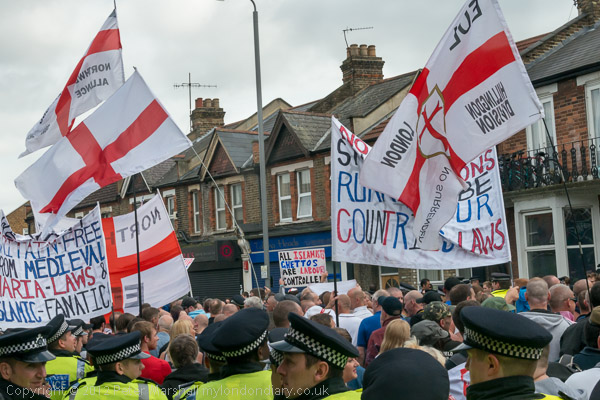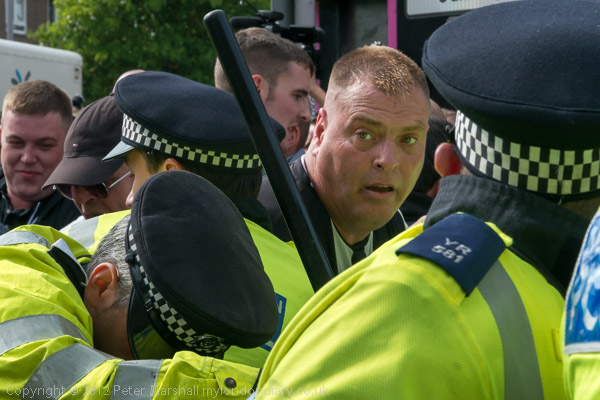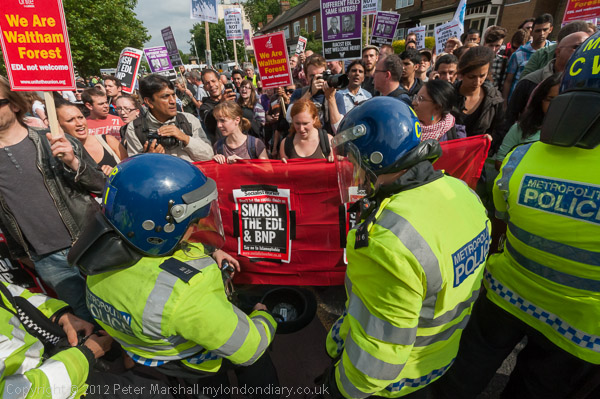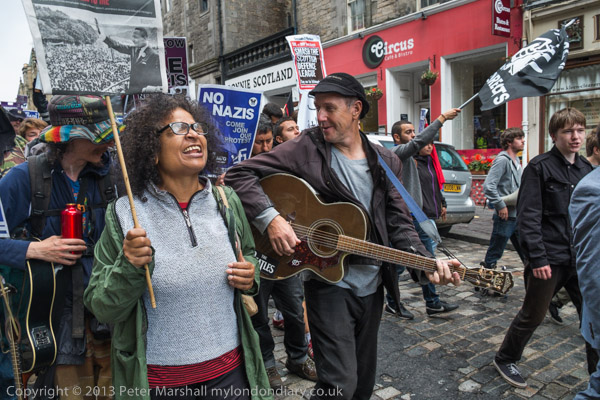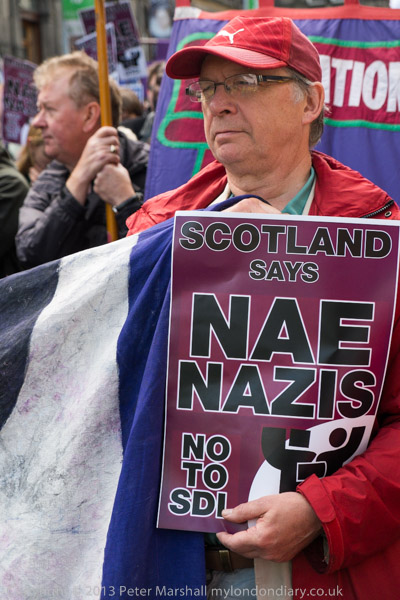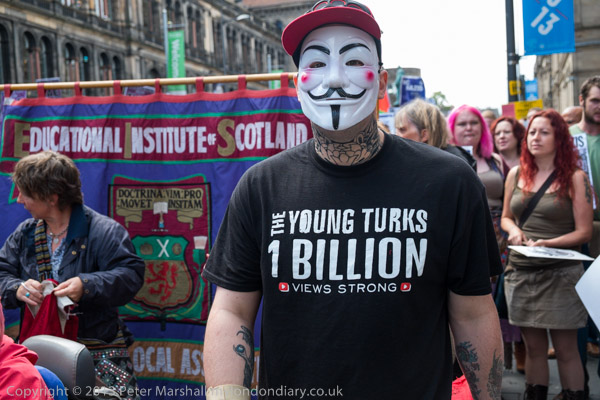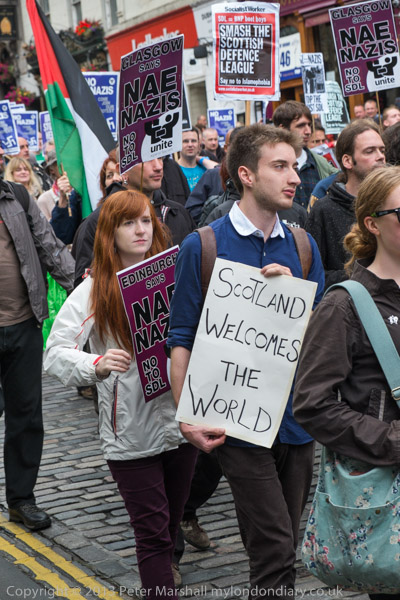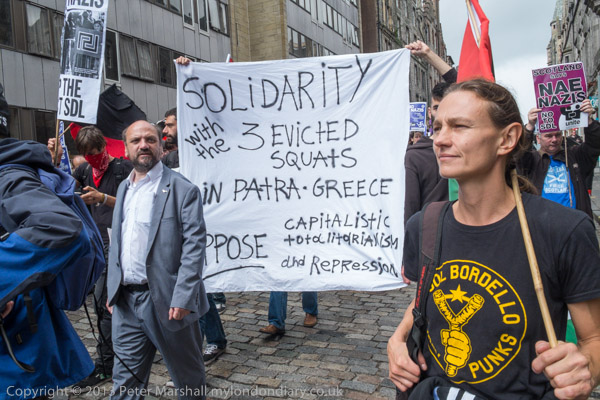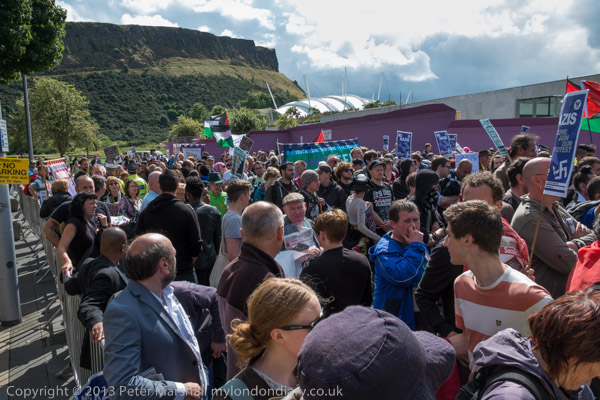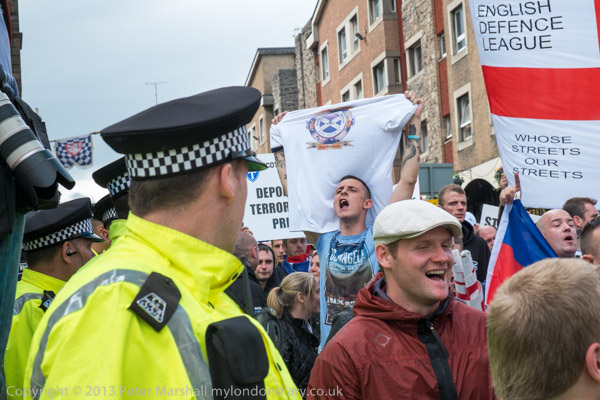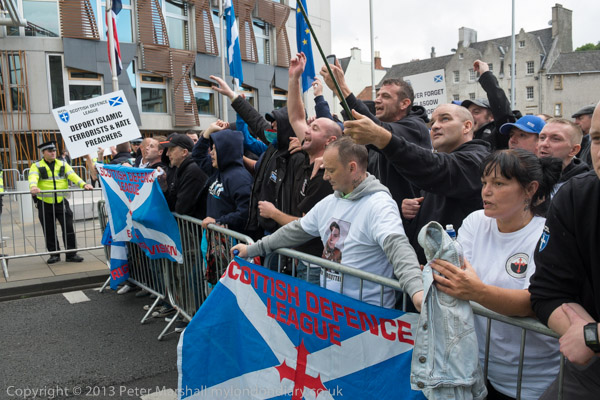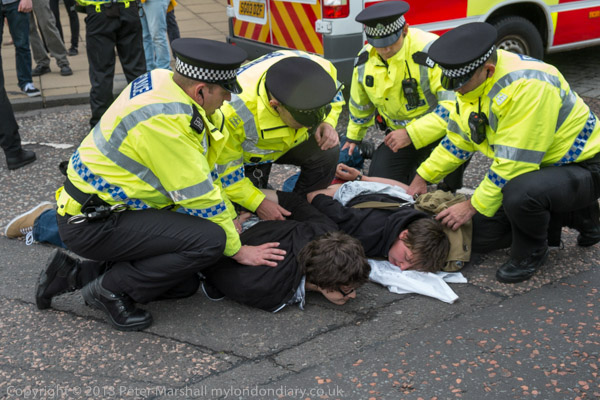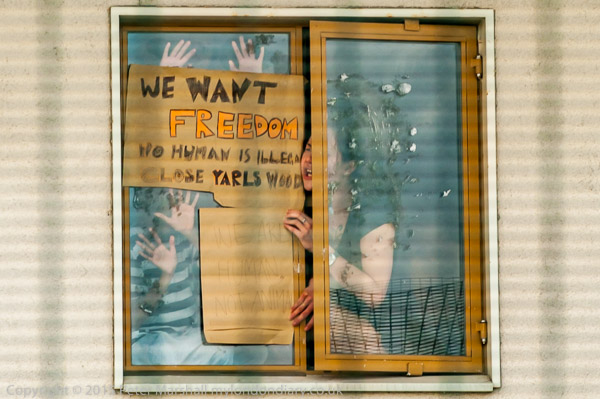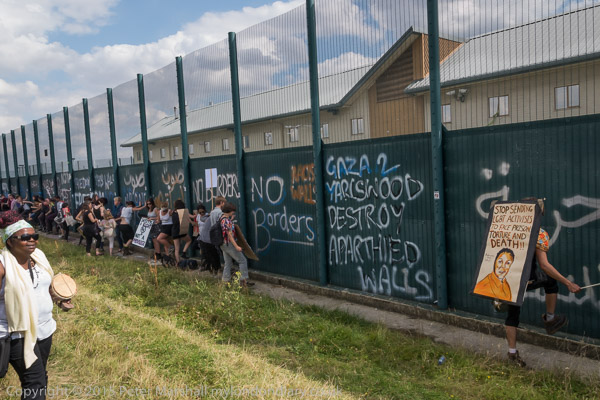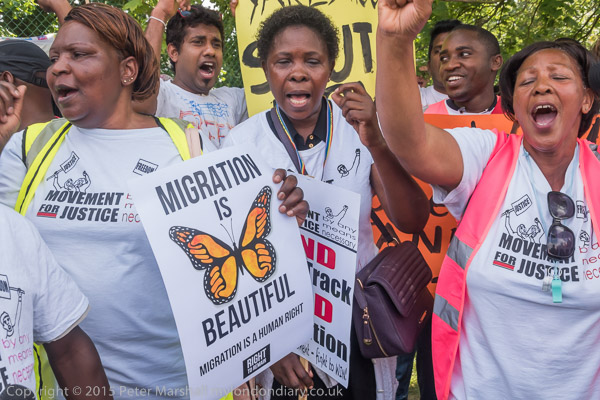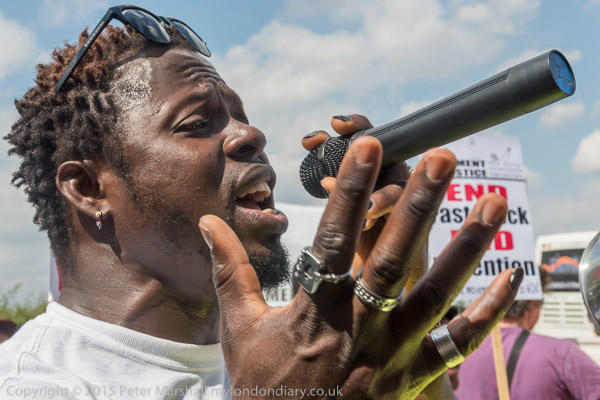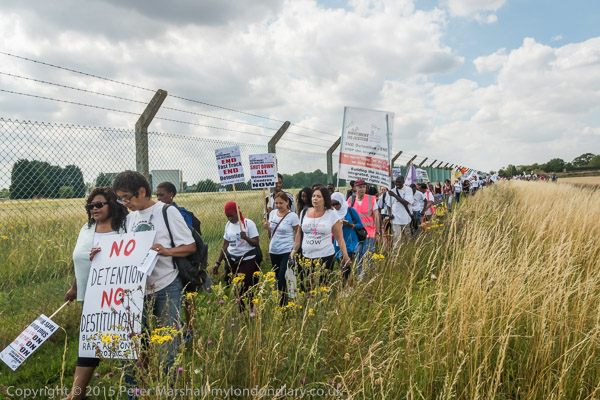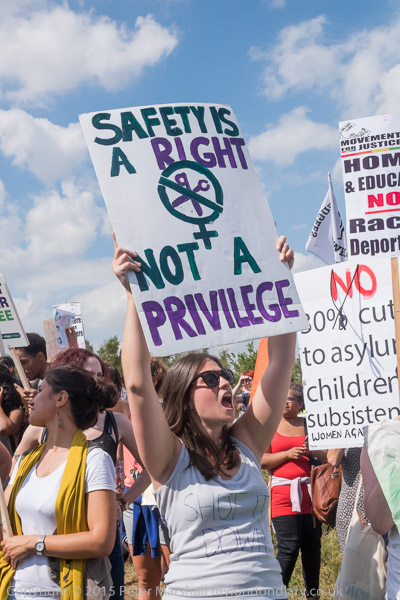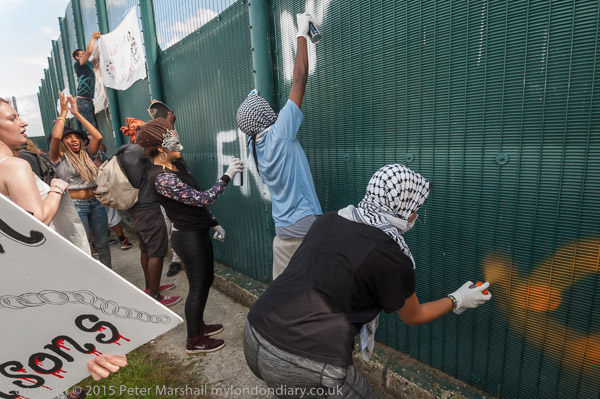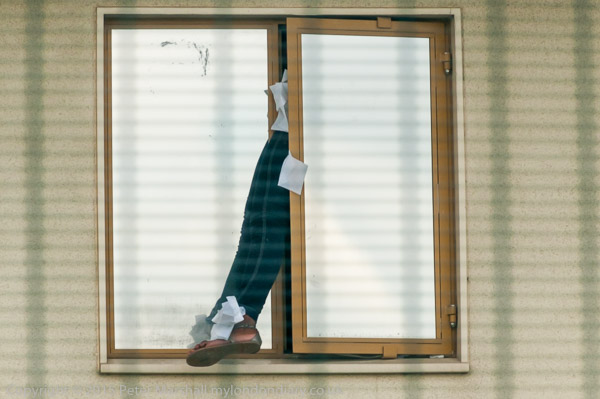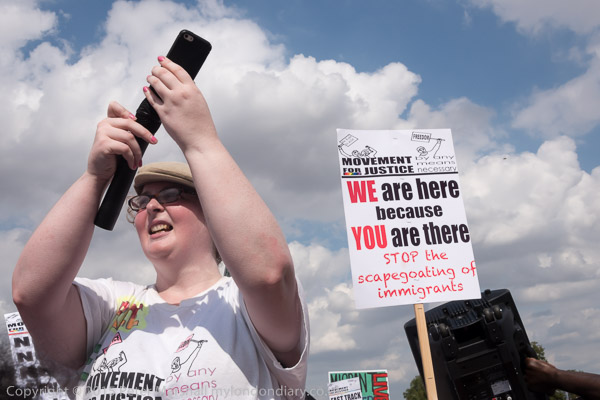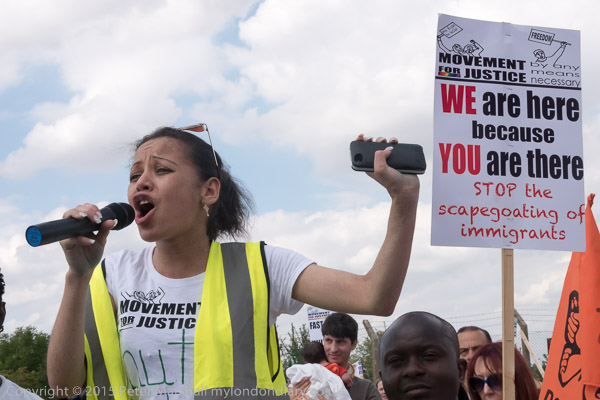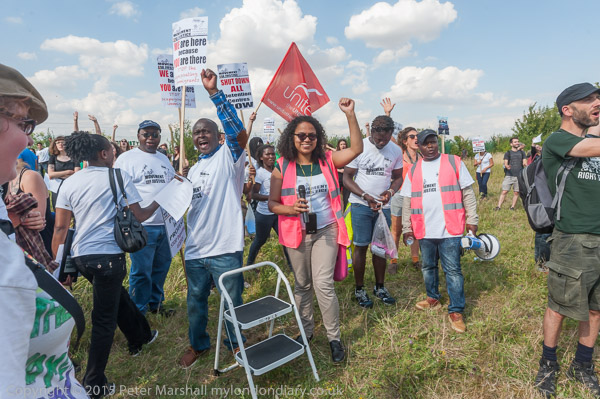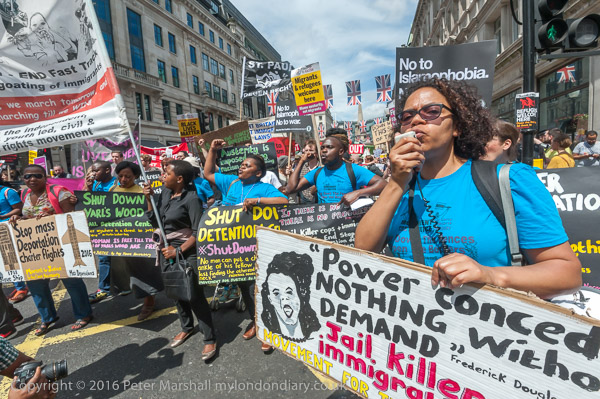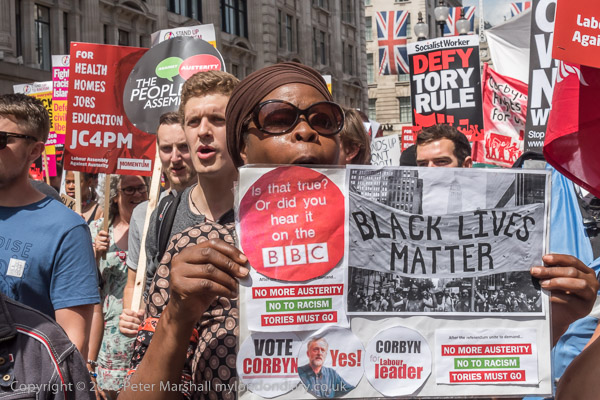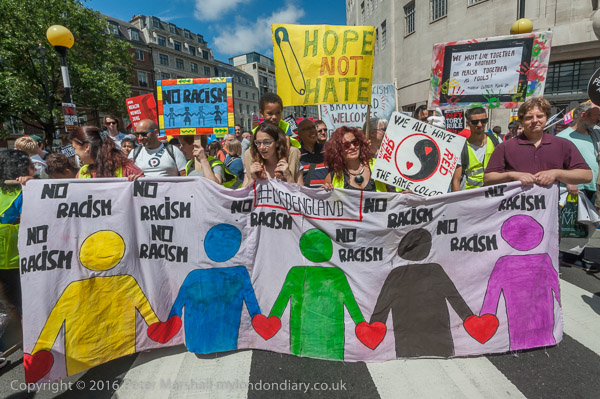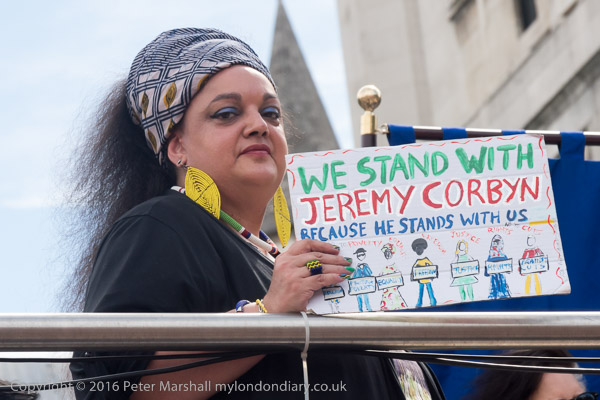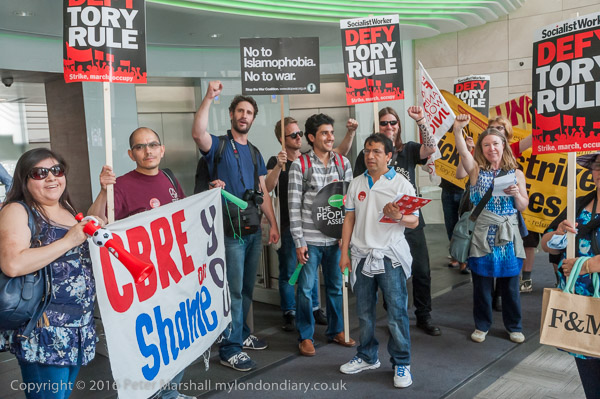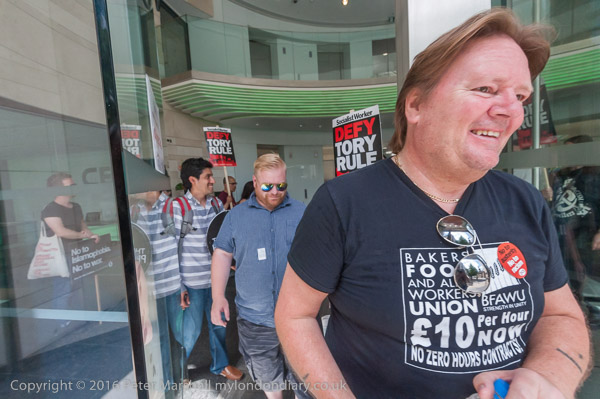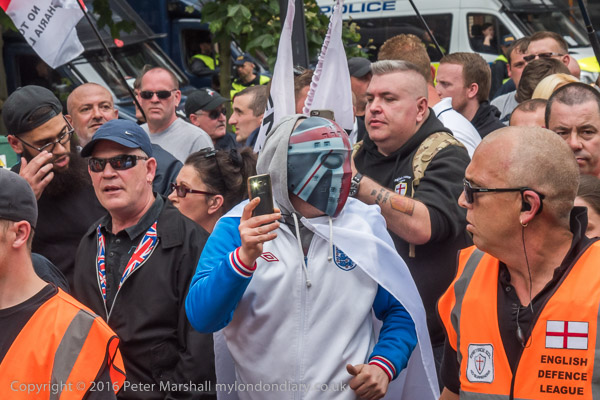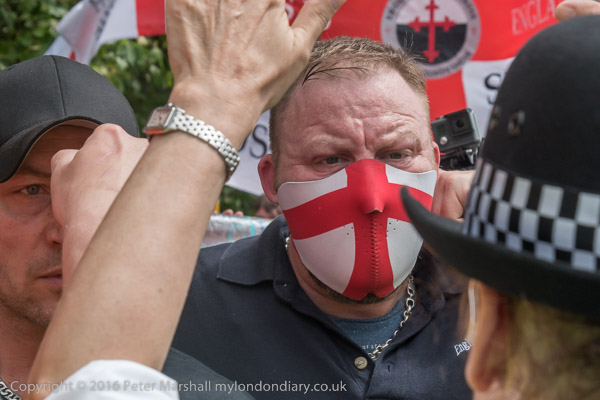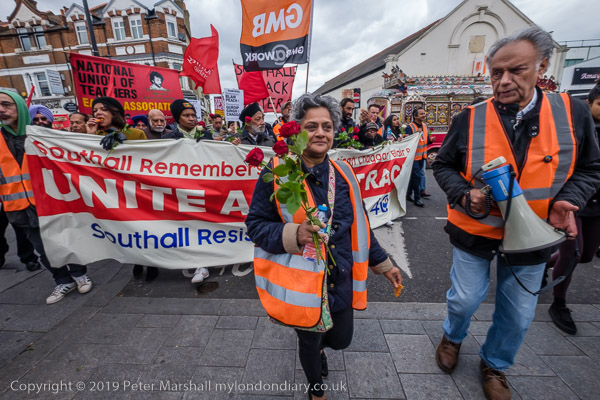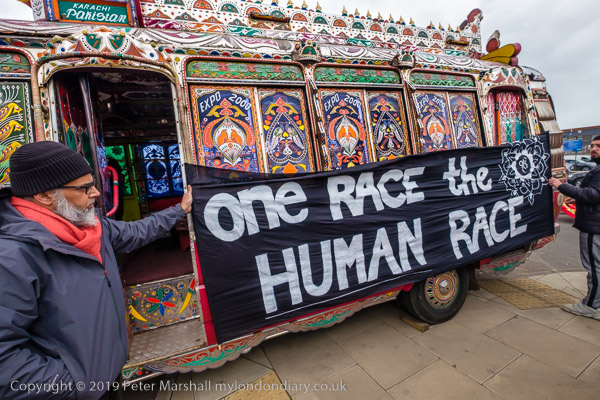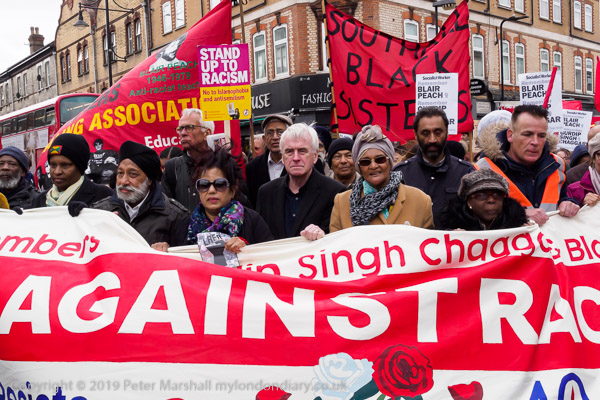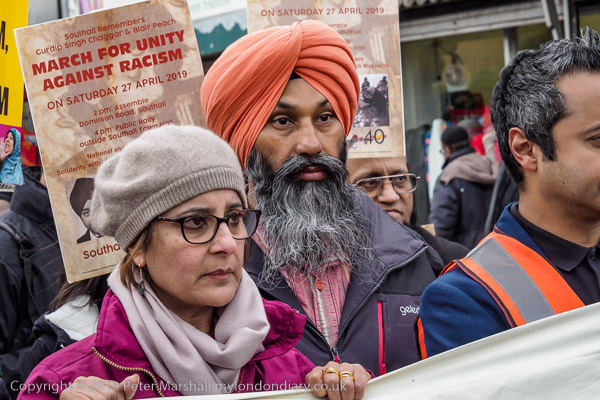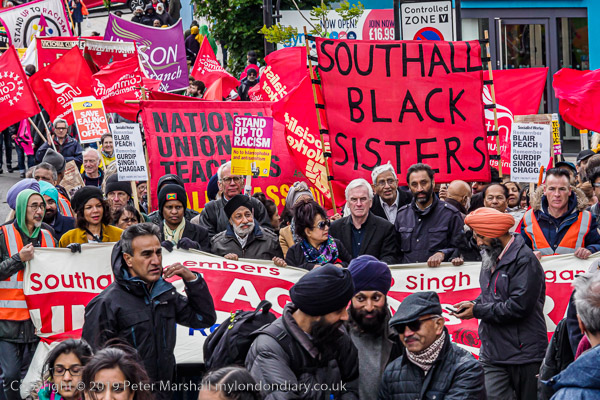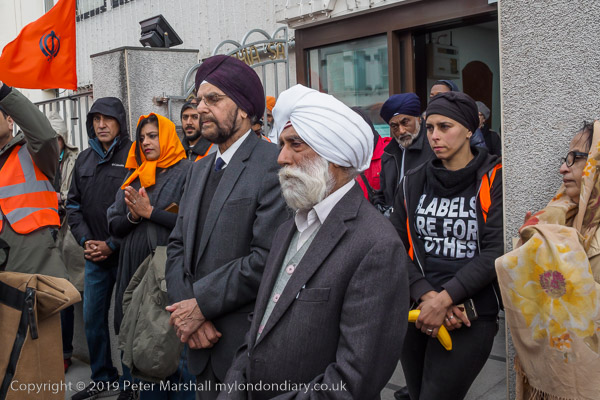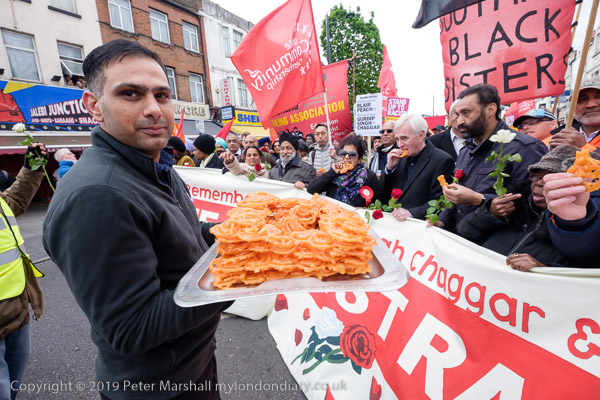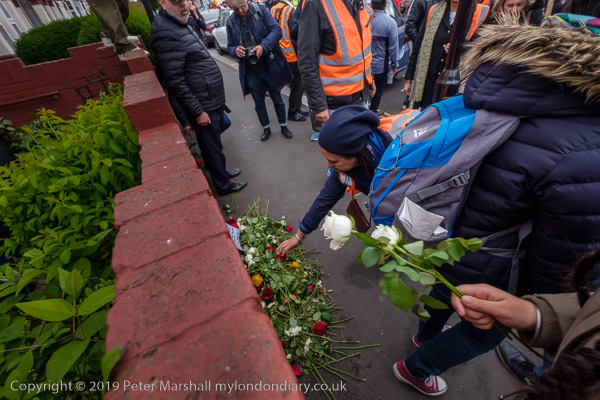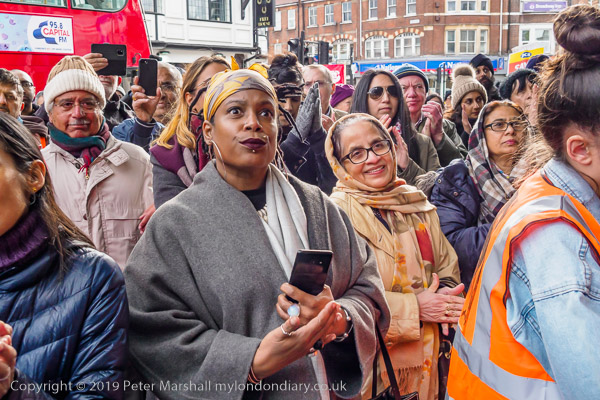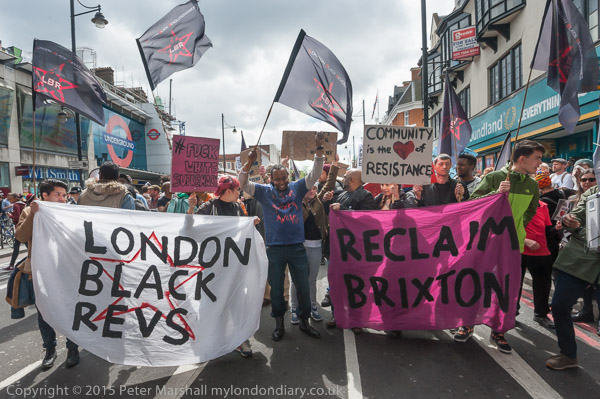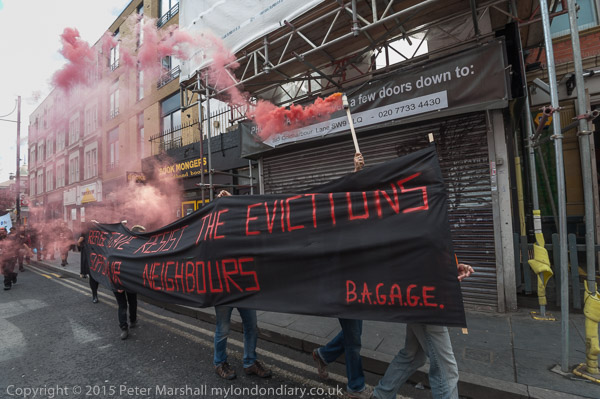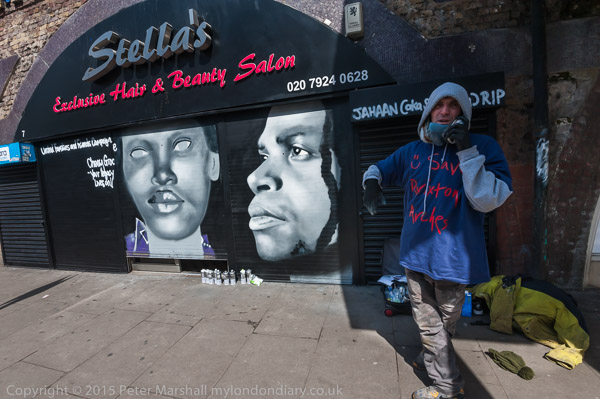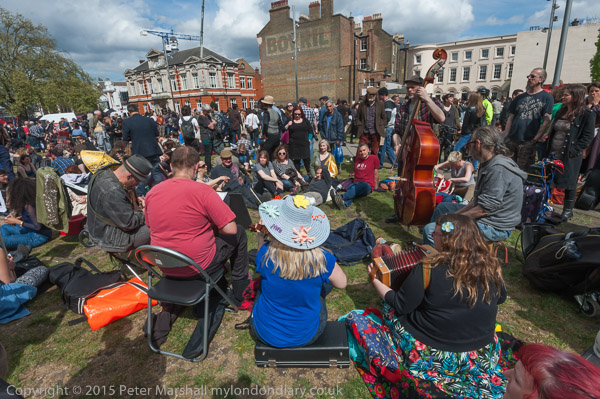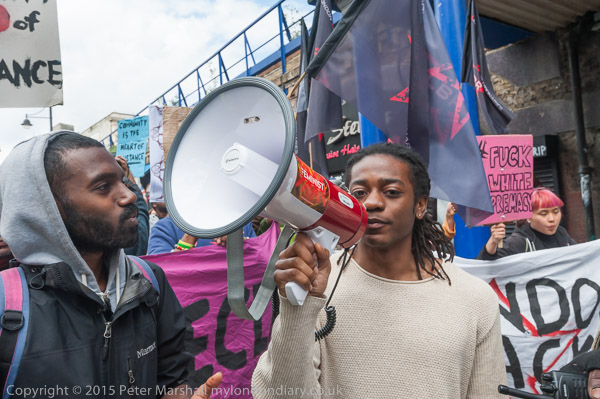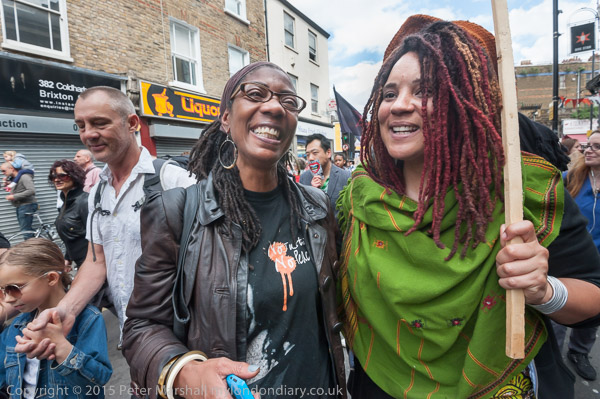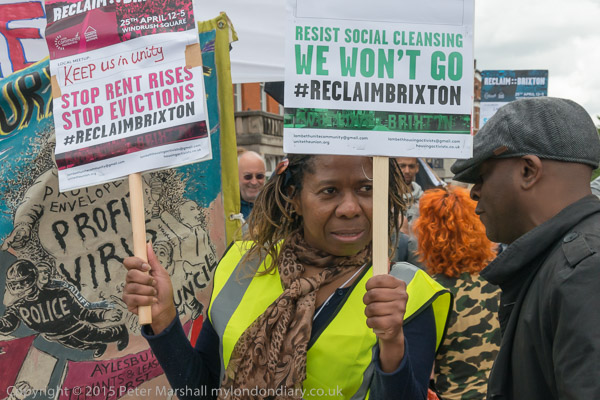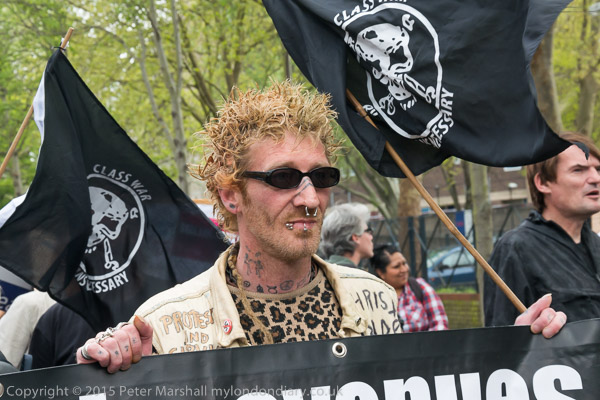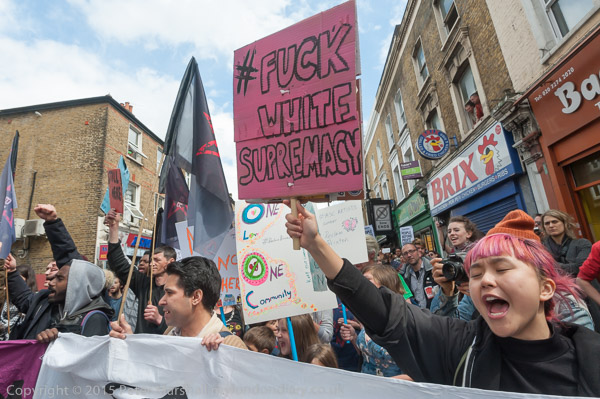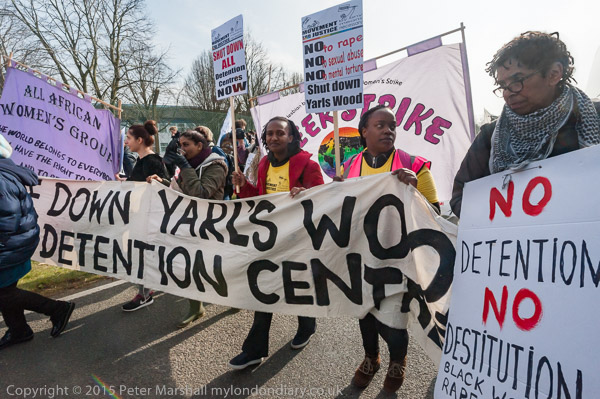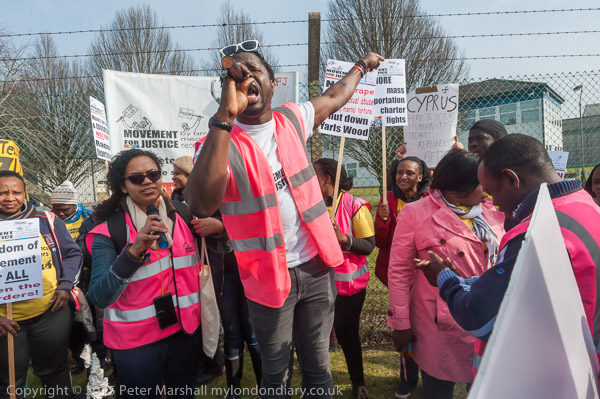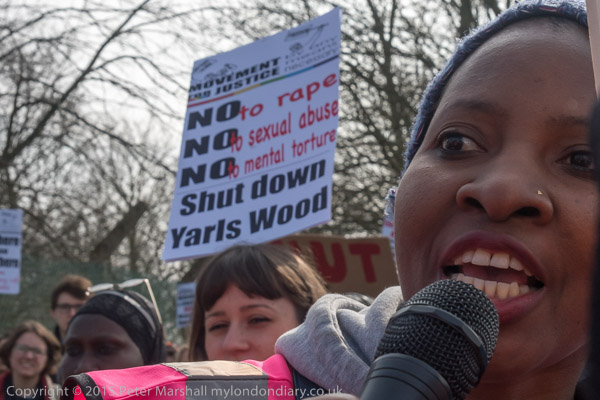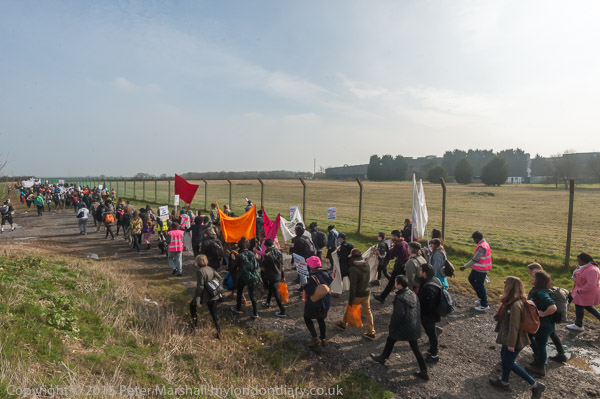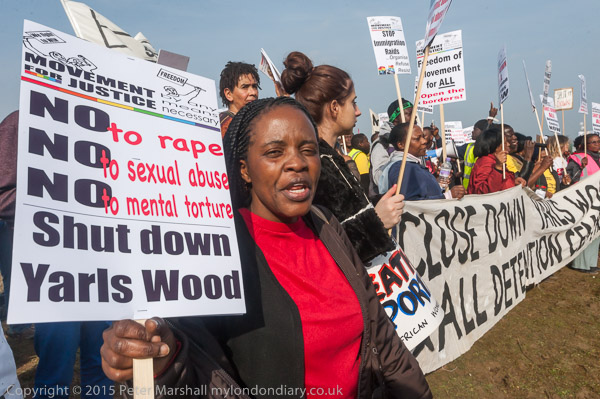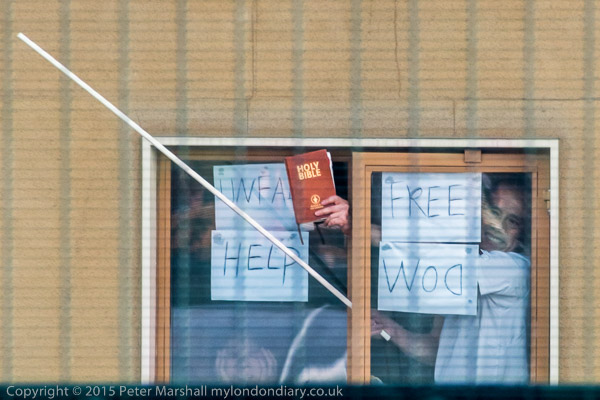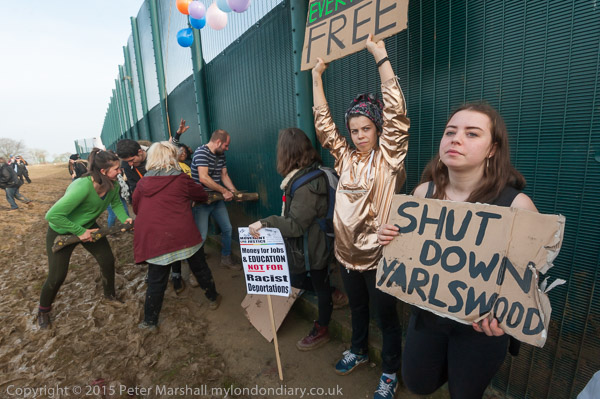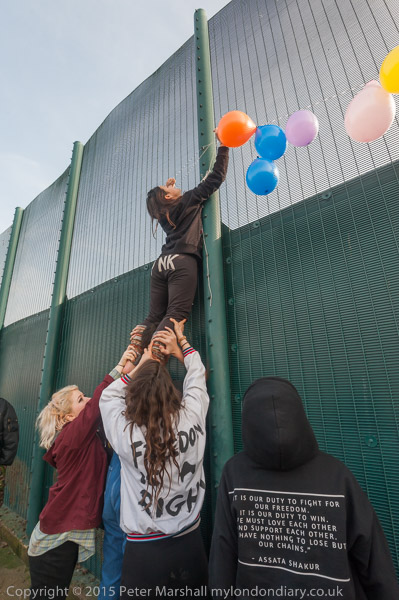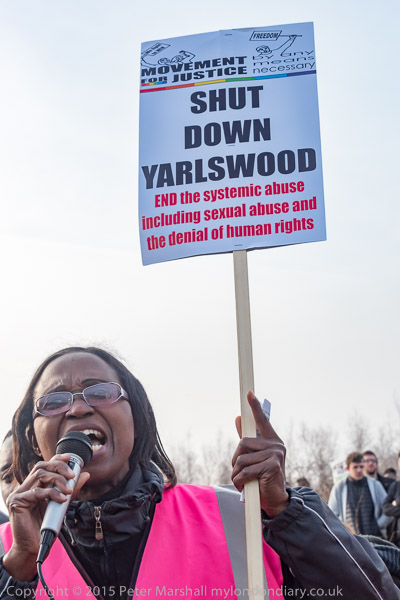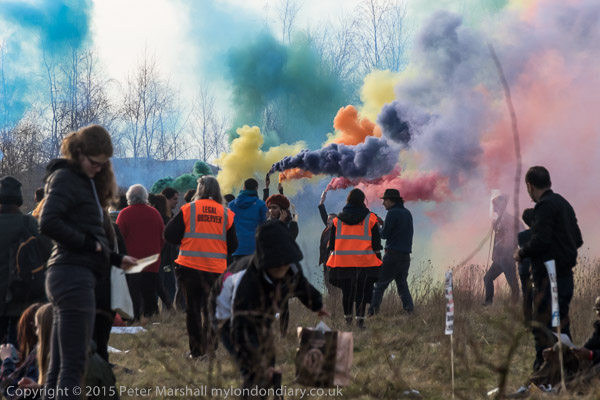Women March, Bolivians Protest, Antifa Solidarity
Saturday 19th January 2019 was another day of protests in London.
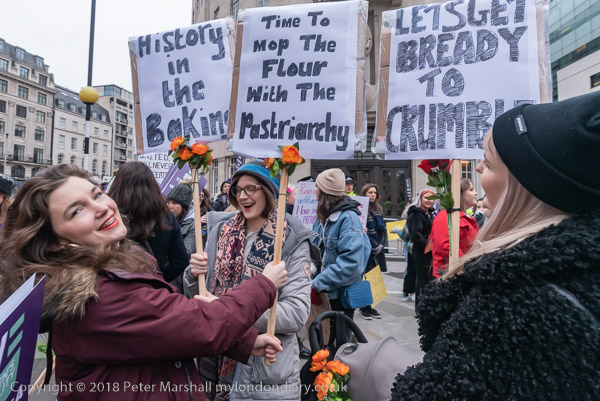
Women’s Bread & Roses protest
Inspired by the Bread & Roses protests which revolutionised workers’ rights for women in 1912, Women’s March London marched from the BBC to a rally in Trafalgar Square. The march was a part of an international day with women marching in many countries across the world and particularly in the USA.
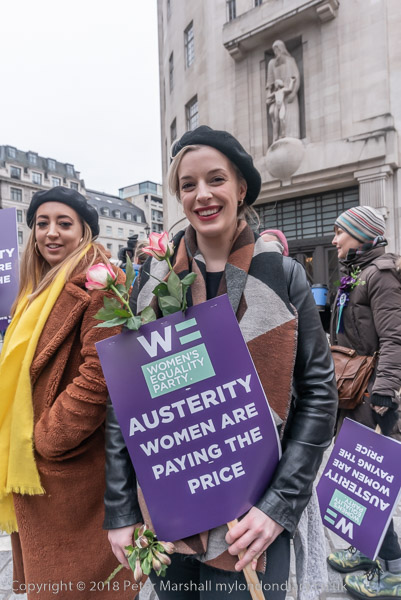
Women were marching against economic oppression, violence against women, gender pay gap, racism, fascism, institutional sexual harassment and hostile environment in the UK, and they called for a government dedicated to equality and working for all of us rather than the few.
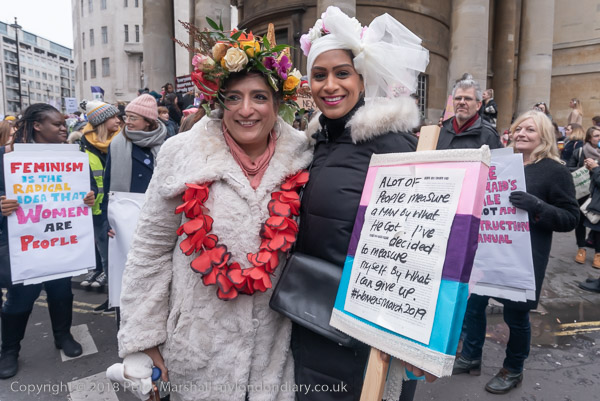
It began rather oddly outside the BBC with a carefully organised and scripted rally by a TV crew working for the BBC to produce what they called a documentary, though it seemed to have little real connection with the event that was taking place.
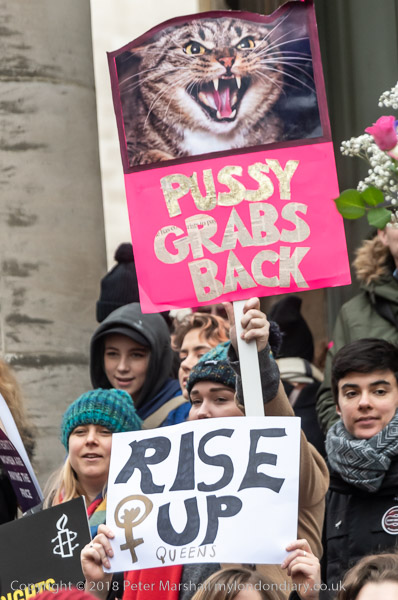
I walked with the women photographing them as they marched to another hopefully less scripted rally in Trafalgar Square where I left them to go to another event.
Bolivians protest against Morales

While in Trafalgar Square I photographed another protest taking place on the North Terrace, where Bolivians from the 21F movement had gathered against the ruling by Bolivia’s Electoral Tribunal that President Evo Morales could stand for a fourth term in office. Morales was first elected president in 2005, and supported the 2009 constitution which only allowed two consecutive terms in office. But later he tried to change this and the matter was put to a national referendum on 21st February 2016 which narrowly rejected the change.
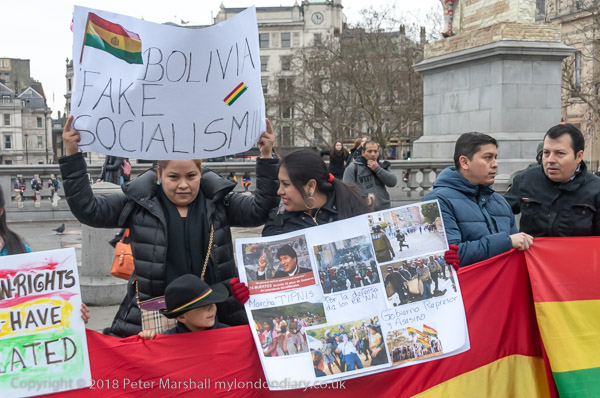
Morales then went to the courts and they ruled that the limitation to two terms was an infringement on human rights and allowed him to stand again,, and he won a third term in office. The protesters were from the 21F movement, named from the referendum debate who accused him of corruption and interfering with the court system and say he is behaving as a dictator by trying to remain in power for a fourth term. He stood and won in October 2019, but a coup attempt in November 2019 forced him to flee the country, though he was able to return after MAS candidate Luis Arce won a clear victory in the 2020 general election and was sworn in as President.
Morales, the head of the Movement for Socialism party (MAS) while in office implemented leftist policies, reducing poverty and illiteracy and combating the influence of the United States and multinational corporations in Bolivia which has made him very unpopular with many of the middle class who were used to running the country – as well as the USA who have encouraged and financed opposition to him. Perhaps the 21F protest was really more about his policies than a concern for the integrity of the constitution.
Solidarity with Russian anti-fascists
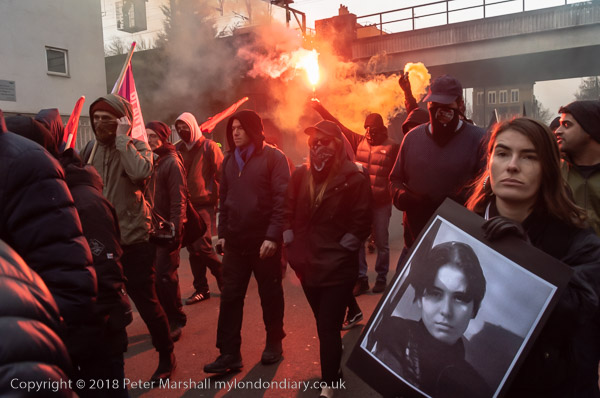
From Trafalgar Square I made my way to the Cable Street Mural on the former Stepney Town Hall in St George’s Gardens Shadwell, where Anarchist and Anti-fascists were gathering to march to oppose racism, xenophobia, fascism and the upsurge of far-right populism and to show solidarity with Russian anti-fascists who have been arrested, framed and tortured in a brutal wave of repression.
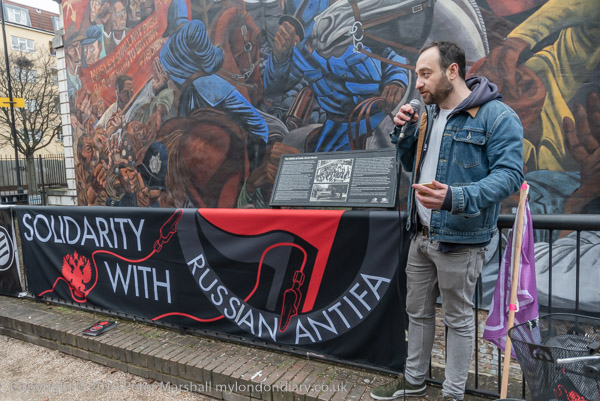
There were speeches by Russian and Ukrainian comrades and a message from some of those under arrest in Russia. Six were arrested in 2017 by the Russian Federal Security Service (FSB) and charged with belonging to a non-existent organisation, ‘The Network’. They have been and beaten and tortured in the pre-trial detention facility using electrical torture and hanging them upside down to get them to sign confessions, which they were forced to memorise.
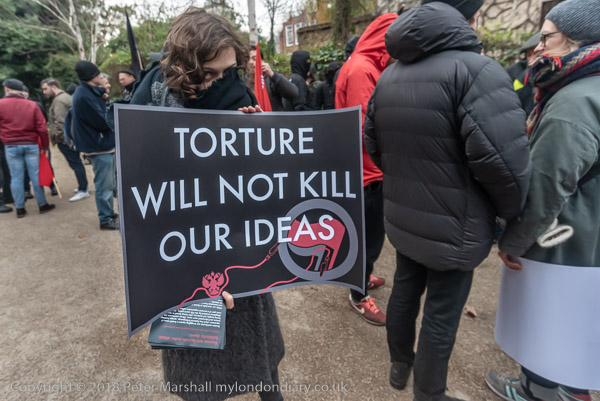
Five more anti-fascists have been arrested since and also tortured to admit they were members of ‘The Network’, which the FSB claims were planning explosions during the Russian presidential elections and the World Cup. They could be jailed for up to 20 years for membership of the fictional group.
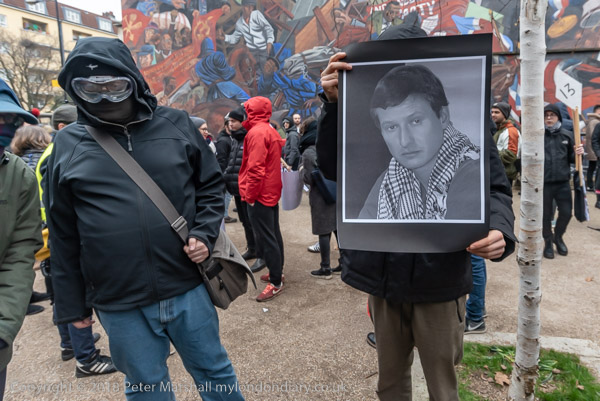
January 19th was the 10th anniversary of the brutal murder on a Moscow street in broad daylight of two Russian anti-fascists, journalist Anastasia Baburova and lawyer Stanislav Markelov. Russian anarchists and anti-fascists hold events to remember them on this day every year.
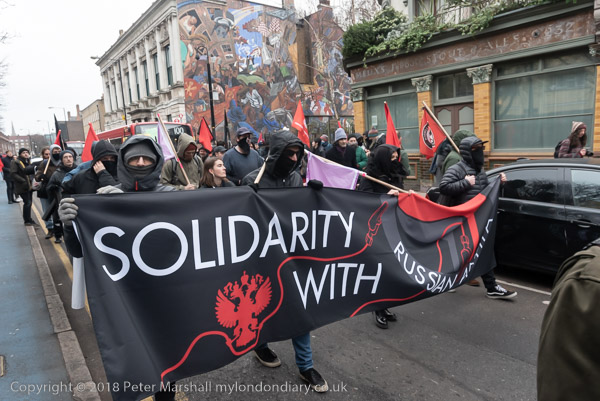
From the fine mural celebrating the 1936 Battle of Cable Street, when the East End rose up to fight the police who tried to force a way for Mosley’s Blackshirts to march through the Jewish East End, the protesters marched to Altab Ali Park in Whitechapel, re-named after a young Bengali textile worker, 24 year old Altab Ali, who was murdered here on May 4th 1978 in a brutal unprovoked racist attack by three teenage boys as he walked home from work.
More on all three protests on My London Diary:
Solidarity with Russian anti-fascists
Bolivians protest against Morales
Women’s Bread & Roses protest
